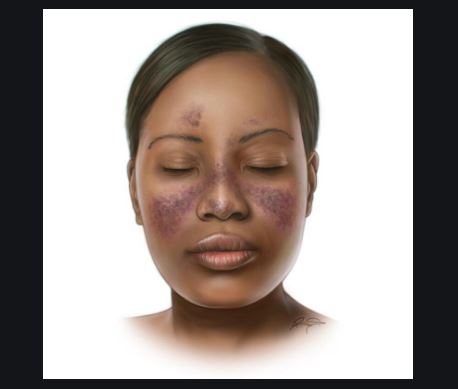Usually, when people fall ill, they depend on their immune system to fight the disease and get them better but with lupus, the body’s defense, which is the immune system, starts to fight healthy cells and tissues in your body. This disease is now a common one that has a lot of people including celebrities like Selena Gomez, Nick Cannon, Toni Braxton etc, clamoring for a cure.
Since the 10th of May was World Lupus Day, it is necessary to break the disease down a little bit. Here are some things to know about lupus, according to an article posted on mashable.com.
1. Lupus is a chronic autoimmune disease with no cause or cure. Unlike lots of other chronic illnesses which last for months to years, the symptoms of lupus are often recurring, meaning that they can subside and come back. Though immediate relatives of lupus carriers are at a higher risk of having it, lupus is NOT hereditary. Also, the lack of a cause makes doctors treat lupus according to the symptoms of each carrier and try to relieve pain and discomfort.
2. Though lupus is very difficult to diagnose, an estimated 5 million people live with lupus worldwide. Because there is no specific cause, doctors usually don’t know what to test for. Diagnosing lupus usually involves an antinuclear antibody (ANA) test and evaluation of symptoms. While most people with lupus are positive for the ANA test, symptom evaluation is more difficult because the disease affects everyone differently. If 4 out of the 11 symptoms of lupus are present in a patient, then a diagnosis can be done. But because lupus symptoms come and go overtime and also overlap with other symptoms of other illnesses, doctors can find it hard to diagnose.
3. Lupus is often an invisible illness. The most obvious symptom is the butterfly rash, however the other symptoms are hidden such as organ failure, fever and pain. Women between the ages of 15 and 45 continue to make up more than 90% of those diagnosed and people of color are diagnosed at two to three times the rate of white people. People with lupus are at risk for many other medical illnesses, including cardiovascular disease, poor mental health, renal disease, blood clotting, stroke, heart failure and high blood pressure.
4. The 3 different types of lupus are the Systemic lupus (SLE) which is the most common and can affect all parts of the body. Other forms include discoid lupus, which only affects the skin and has no other organ complications, and drug-induced lupus erythematosus (DILE), caused by taking a triggering medication. Symptoms of drug-induced lupus usually subsides within weeks after staying away from the drug responsible.
Lupus is a complicated disease that has no cure and so patients of lupus can only manage the disease while they have it. This and many more reasons are why this disease needs more awareness.



